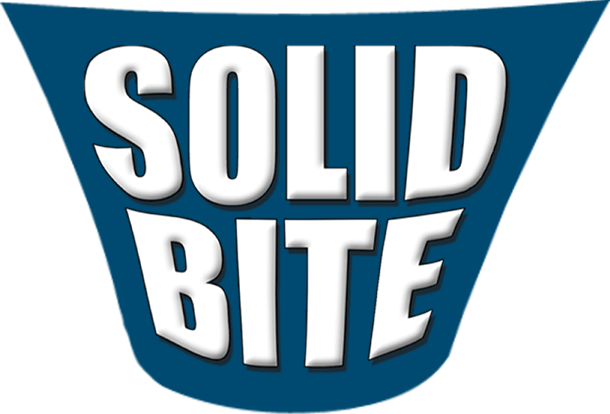Why You May Get Gum Recession
by Dr. Lee Sheldon
The problem of gum recession or the “long in the tooth” look is one that has plagued many. Gum recession results in root surfaces, which are designed to be below the gum line, to instead be above the gum line. Root surfaces are yellow as they are not covered with the more durable and whiter enamel. So when these root surfaces are exposed, they pose a variety of problems from root sensitivity to a cupping out of the roots called “root erosion.” Besides that, roots just don’t look good.
So why do some people get gum recession. For years, we used to blame the problem on a lack of true gum tissue. What does that mean? There are two types of tissue in the mouth, keratinized tissue which is tough and mucosa which is loose. Mucosa is what covers the inside of your lips and cheeks. It’s a wet tissue and it has a lot of elasticity to it so that your cheeks and lips move around freely. Gum tissue on the other hand is covered with a thick layer of dense tissue, is firmly bound down and doesn’t move. The thickness makes it whiter than mucosa. If you look in the mirror, you will easily be able to see the difference between gum tissue and mucosa.
But is the quality of tissue the entire problem? It turns out that the quality of tissue may be the result of another problem, that is the lack of an adequate amount of bone to support the teeth. We are seemingly genetically programmed to have a certain jawbone width. Sometimes the jawbone is so narrow that when our teeth erupt into our mouths, they are covered with only a paper thin layer of bone. That paper thin layer of bone can easily become lost, so the gum tissue that is covering that bone is lost as well.
When can that first be noticed? Actually, thin bone can be a problem at a very young age. The orthodontist can find it quite challenging to move teeth in the presence of thin bone because such movement may result in gum recession. That is why the orthodontist very often refers the young patient to the periodontist for evaluation prior to the child getting braces.
With the advent of the lower radiation dosage cone beam CT Scan, we now have the opportunity of evaluating the thickness of the bone. If the bone is thin, we can add new bone to the paper thin bone, allowing the orthodontist an opportunity to move the teeth to a much greater degree to align the bite and improve cosmetics with a much lower risk of gum recession.
At any age, if you suspect that you have thin bone, if you see gum tissue that just doesn’t look as it should, a periodontal evaluation and a CT Scan may lead to the right treatment to prevent further bone damage as well as prevent the “long in the tooth” look.




